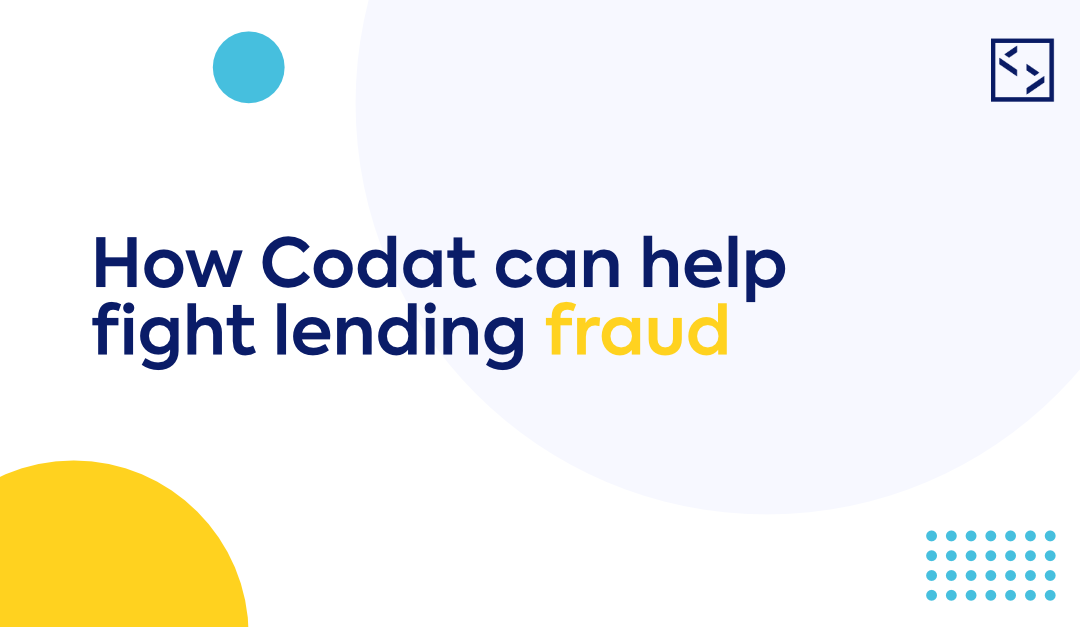
Pressure to distribute capital quickly through recent government schemes meant that huge sums of money were lent out at speed, not allowing for the usual rigorus credit assessment processes and fraud checks.
However, it is crucial that lenders carefully balance the urgency with which SMEs need access to capital in order to get back on their feet with the requirement to adequately mitigate fraud risk.
Research conducted by the National Audit Office (NAO) in the UK indicates that up to 60% of bounce back loans may never be repaid, amounting to as much as £26bn lost to fraud, organized crime or default.
The damaging impact of fraud to lenders is widespread. In addition to loss in revenue, it can also result in a decline in overall portfolio performance, increased exposure to liabilities, costs associated with missed opportunities and not to mention enduring reputational damage.
Therefore, understanding and sensibly managing fraud-related risk will be one of the most important tasks for lenders in 2021. Yet, recent research conducted in the US indicated that just 43% of lenders believe they are currently very effective at identifying SME lending fraud.
How can this be done?
Lenders can proactively prevent fraud by ensuring they have access to as much real-time information as possible, both on existing customers within their portfolio as well as new applicants.
Fortunately, with the ever increasing shift to digital services, lenders now have access to more customer data than ever before, as well as API technology which ensures that the data collected is accurate, allowing lenders to quickly and easily flag instances of fraud.
How can Codat help?
Codat’s products can be used to develop and bolster a proactive fraud prevention strategy.
Our Core product enables you to access real-time data from the leading financial platforms used by your business customers, all via our single API. Visualize can be utilized to present this data in a clear and easy to consume format, enabling underwriters to identify areas requiring further investigation in an instant.
How will this help lenders?
Access to your customers’ contextual accounting data can be used to easily identify key fraud indicators such as unexplained cash injections or abnormal invoice activity.
For instance, by simply drilling down into the details of a customers’ invoices, you are able to determine:
- When invoices have been created – Have numerous invoices been created in quick succession in the period immediately prior to your customers’ application or during unusual hours?
- The sequence of invoice payments – Has an invoice issued on a later date been paid before an invoice on an earlier date?
- Invoice amounts – Is there anything suspicious about the invoice amounts such as overly uniform or round numbers?
Access to multiple data sources can also help fight fraud. Codat’s API offers deep insight into the business’s financial picture and when paired with Open Banking and commerce data, lenders can easily corroborate the actual financials of a business. Combining and cross-referencing multiple data sources allows lenders to form a complete and verifiable understanding of a business customer, far beyond what’s available from credit bureaus.
By implementing processes which bolster fraud detection, lenders stand to save millions in lost funds and reduced exposure to liabilities while, at the same time, ensuring credit is distributed to those small businesses that are in urgent need of financial support during this challenging time.
Get started
To get started today please visit signup.codat.io
